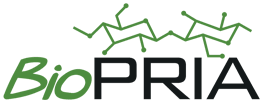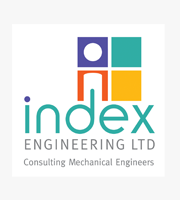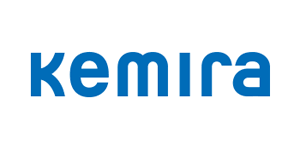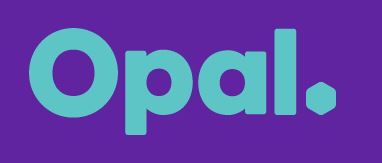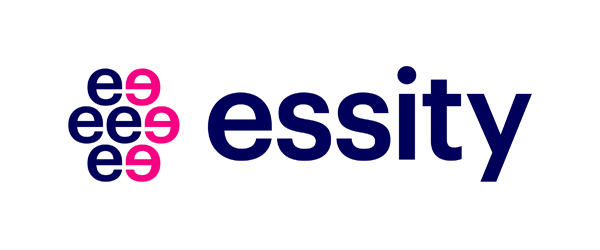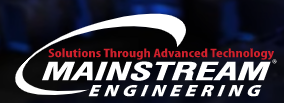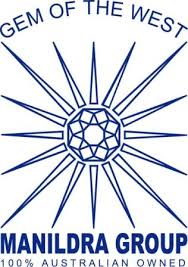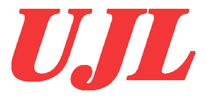EASIEST WAY TO INCREASE THE BOTTOM LINE OF YOUR BUSINESS? STOP MAKING WASTE!
Max Taylor
Process Engineer, Essity Australasia, New Zealand
Email: This email address is being protected from spambots. You need JavaScript enabled to view it.
Keywords: Quality, OEE, Waste, Manufacturing
The cheapest and easiest way to save money is to stop making waste. The impact of waste in manufacturing is wasted time and material usages. We waste time through producing unsaleable product which reduces annual production. Therefore, increasing production costs and reducing the bottom line.
OEE is a method to analyse equipment efficiency and provides a tool to identify shortcomings in manufacturing. The three areas of OEE are rate, availability, and quality. These act as levers for improvement that all impact the final OEE score.
Paper Machine Three (PM3) is a 47-year-old machine that requires significant capital investment to increase the production rate of the machine. Availability is a measure of how effectively the machine utilises its operating time. However, PM3 is not fully loaded, meaning that the machine is not strictly time constrained. Therefore, gains in this sector of OEE would not be fully recognised until the machine is fully loaded.
The final lever available to pull is quality. Quality is a measure of the saleable product produced from the machine. It is also the most expensive factor of OEE, as when we fail with quality, we attract all costs of the final product but cannot generate any revenue other than an arbitrary broke value.
It was clear that quality was reducing PM3’s OEE numbers and by focusing resources to this, substantial gains could be made.
First thoughts when tackling a challenge of this size is to look for help, specifically for the help of external process improvement consultants who are paid to investigate this. However, the challenge was made as to why this was necessary. The proposition is always made that you must spend money to make money. Yes, this is sometimes true, but not in all cases. How could we use ingenuity to transform a 7% waste machine to a 5% waste machine? A 2% waste reduction is a 440-t production gain.
We achieved this with no significant capital expenditure and utilising only internal Essity Kawerau resources. This presentation will include a case study of how quality was improved throughout the two stages of product manufacturing, using only internal ingenuity and low capital investment.
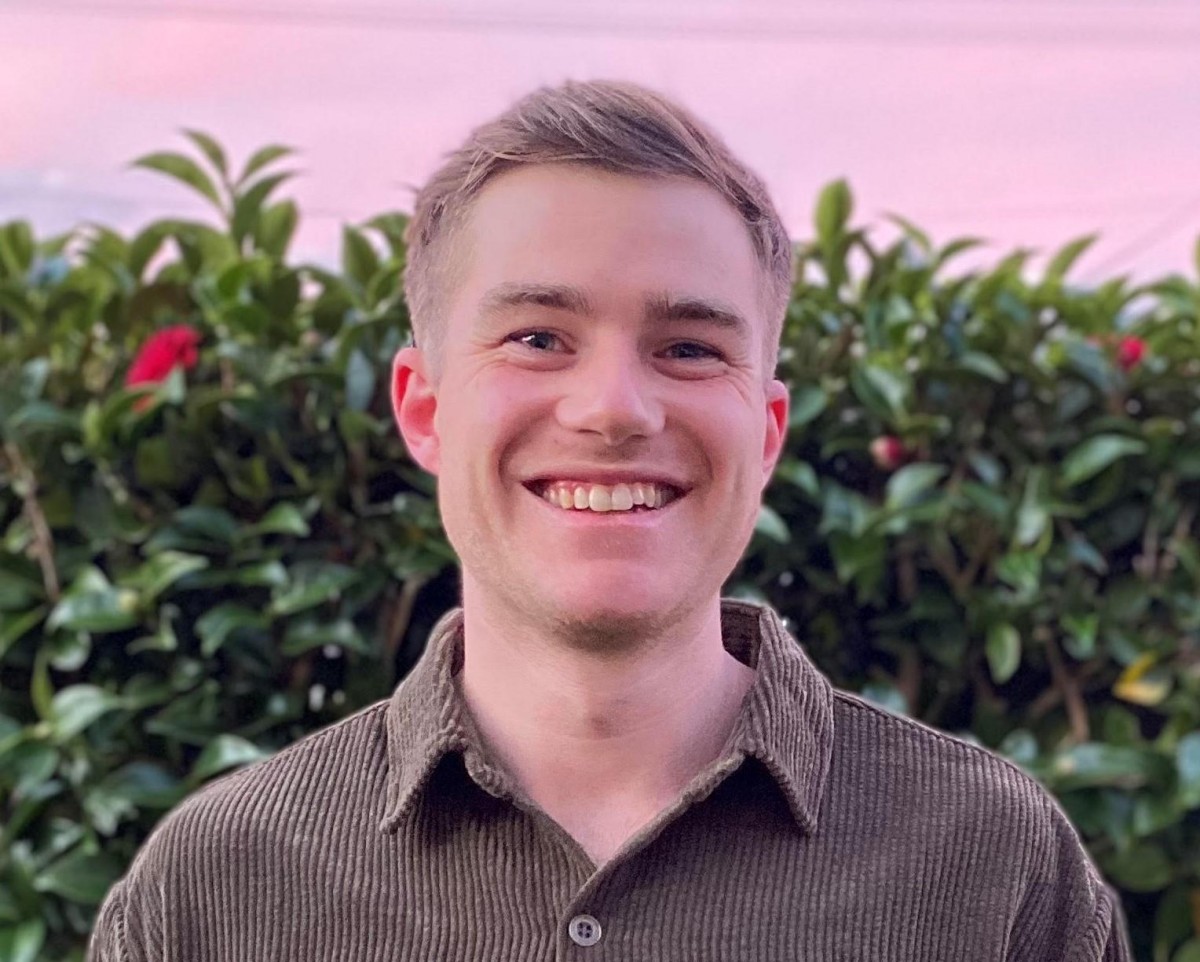
Max Taylor is the Paper Machine 3 and water treatment plant Process Engineer at Essity Australasia. He completed his Chemical and Process Engineering degree at the University of Canterbury and has been working for Essity and in the tissue paper industry for a year and a half.










